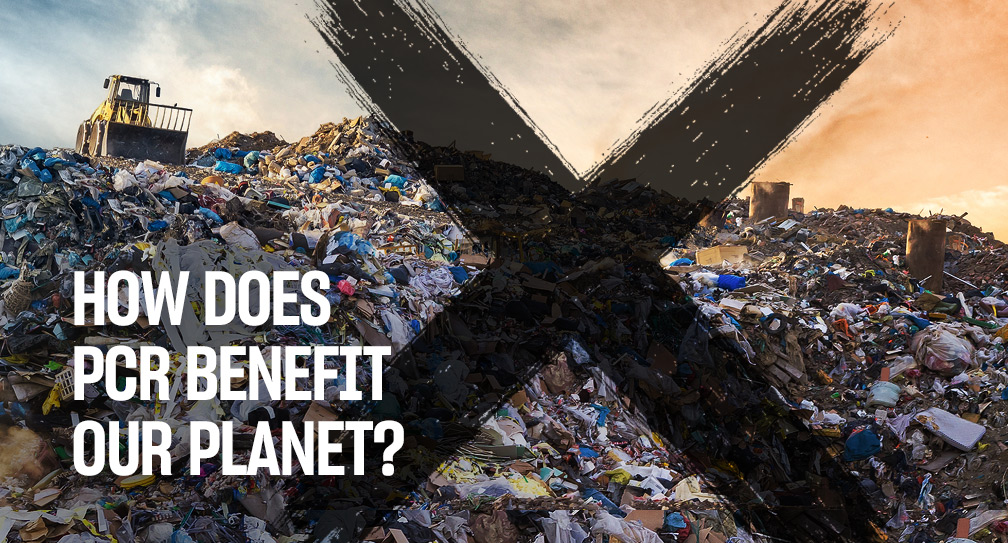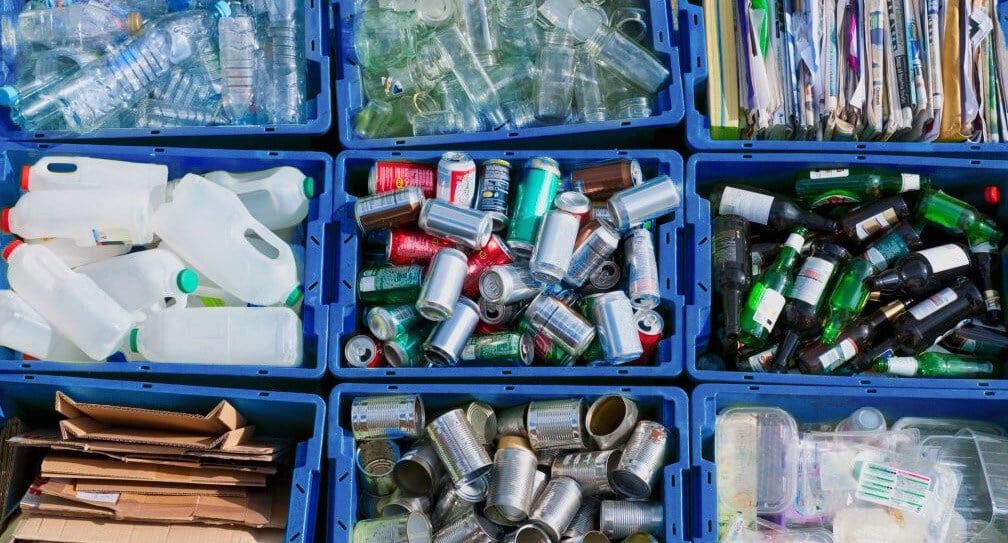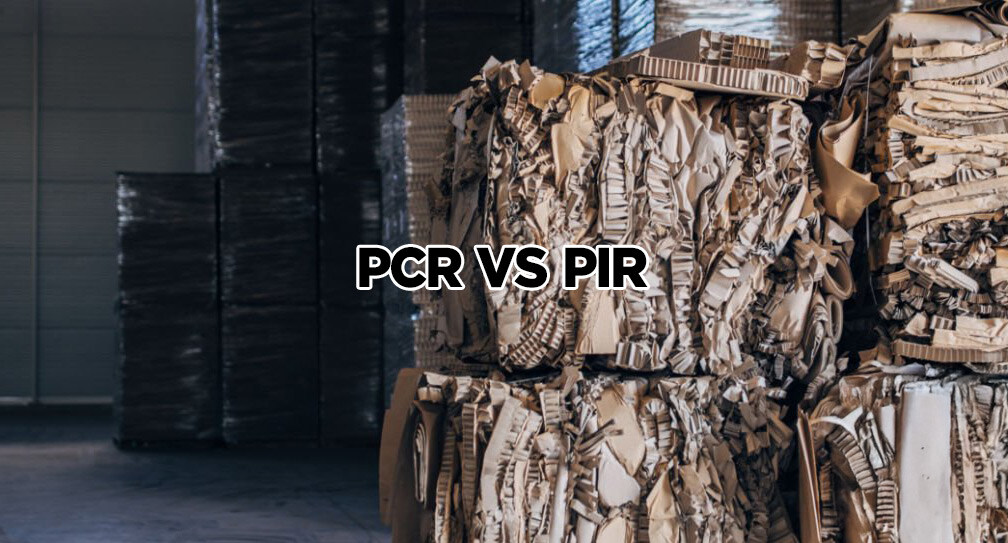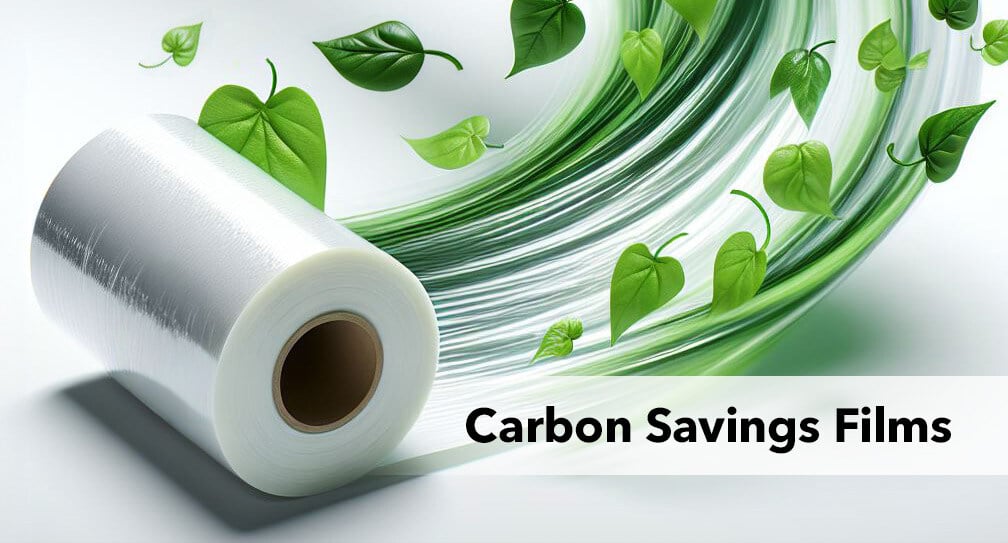In an era where efficient resource management and environmental stewardship are increasingly vital, sustainable practices have become more critical than ever. One powerful solution making a significant difference is the use of Post-Consumer Recycled (PCR) materials. PCR refers to materials that have completed their life cycle as a consumer product, been collected for recycling, and then processed to be reborn as new goods. Think of your recycled plastic bottles, cardboard boxes, glass jars, or aluminum cans. By bringing used materials back into the production cycle, companies can shrink their environmental impact, reduce waste, and support a healthier planet.
Here are five key benefits of incorporating PCR into our production and consumption cycles:

- Diverts Massive Amounts of Waste from Landfills
One of the most immediate and tangible benefits of PCR is its ability to divert massive amounts of waste from landfills. In the U.S. alone, over 267 million tons of waste are generated each year, with a significant portion traditionally ending up in landfills. When businesses and consumers embrace recycling, less waste clogs our landfills, saving communities money and alleviating pressure on these overburdened sites. This not only reduces landfill waste but also significantly lowers greenhouse gas emissions associated with decomposition.
- Reduces Greenhouse Gas Emissions and Energy Consumption
Producing new materials from scratch is an incredibly energy-intensive process that releases substantial amounts of carbon into the atmosphere. For example, manufacturing new plastic from petroleum not only consumes fossil fuels but also generates considerable carbon dioxide emissions during extraction, transport, and production. In stark contrast, using PCR materials requires far less energy, leading to a dramatic reduction in emissions. According to the Environmental Protection Agency (EPA), recycling one ton of plastic can save about 5,774 kWh of energy and reduce greenhouse gas emissions by up to 1.43 metric tons of CO2 compared to using virgin material. Similarly, recycling one ton of paper can save approximately 4,100 kWh of energy, conserve 7,000 gallons of water, and reduce greenhouse gas emissions by roughly 3 metric tons of CO2. By prioritizing PCR, companies can make a substantial dent in their environmental impact across the entire supply chain.
-
Actively Conserves Precious Natural Resources
Beyond waste reduction and emission control, PCR actively conserves precious natural resources. Our planet's natural resources are finite, and their extraction often comes at a high environmental cost. Mining for metals, logging for paper, and drilling for crude oil all require extensive, energy-intensive processes that disturb land, pollute water, and increase greenhouse gas emissions, leading to habitat destruction, ecosystem imbalance, and a loss of critical biodiversity. By choosing recycled materials, manufacturers reduce their dependence on these virgin resources, helping to conserve natural habitats, lessening the need for destructive mining and logging, and minimizing overall damage to landscapes and communities. -
 Powers the Move Towards a Circular Economy
Powers the Move Towards a Circular Economy
Furthermore, PCR is a cornerstone in powering the move towards a circular economy. The concept of a circular economy is all about eliminating waste by designing products and systems for continuous reuse. Instead of the traditional "take-make-dispose" model, a circular economy ensures materials stay in use for as long as possible. PCR materials are the backbone of this innovative system, creating a sustainable loop where products are used, recycled, and repurposed rather than simply thrown away. Businesses that integrate PCR into their operations are at the forefront of this transition, not only reducing their own environmental footprint but also actively contributing to a more sustainable global system that benefits both people and the planet. -
 Helps Businesses Meet Growing Demand for Sustainable Choices
Helps Businesses Meet Growing Demand for Sustainable Choices
The use of PCR materials helps businesses meet the growing demand for sustainable choices. Consumers today are more environmentally aware than ever, and their purchasing decisions reflect this, with research consistently showing that customers are increasingly likely to support brands that prioritize sustainability. The use of PCR materials is an excellent way for businesses to align their practices with these evolving consumer expectations. By prominently highlighting the use of PCR in their packaging and products, companies can significantly enhance their brand reputation and appeal directly to environmentally conscious consumers. It’s a win-win for both business and the environment.
The impact of Post-Consumer Recycled materials is profound and far-reaching. From diverting waste from landfills and slashing greenhouse gas emissions to conserving vital natural resources and propelling the circular economy, PCR offers a clear path to a more sustainable future. For any business aiming to make a genuine positive environmental
impact, incorporating PCR into products and packaging is an incredibly powerful strategy for a healthier planet.
For more information on post-consumer recycled content and sustainable packaging solutions, visit IPG’s website.




